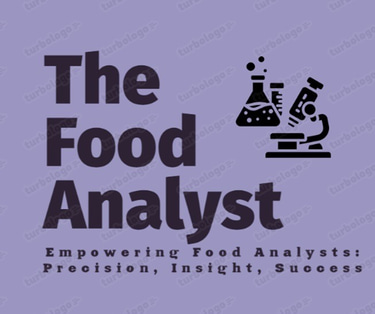"Empowering food analysts and laboratory professionals with expert insights, ISO 17025 resources, regulatory updates, industry testing requirements, training, and career opportunities for excellence in food testing."
FSSAI Releases RAFT Vol. 2.0: A Comprehensive Guide for Validation of Food Testing Kits & Methods
The Food Safety and Standards Authority of India (FSSAI) has released HANDBOOK ON RAPID ANALYTICAL FOOD TESTING (RAFT) Vol. 2.0, offering comprehensive guidelines for the validation of analytical methods and rapid testing kits. This document is crucial for manufacturers, food analysts, and regulatory laboratories, outlining standardized protocols for chemical, microbiological, DNA-based, and immunoassay methods. It emphasizes scientific rigor through single, independent, and multi-laboratory validations. RAFT Vol. 2.0 aligns with international standards such as Codex and ISO, supporting reliable and fit-for-purpose testing in food safety
NEWS AND UPDATE
4/23/20251 min read
The Food Safety and Standards Authority of India (FSSAI) has recently released the second volume of its HANDBOOK ON RAPID ANALYTICAL FOOD TESTING (RAFT), a pivotal document outlining detailed guidelines for the validation of analytical methods, rapid testing kits, and equipment used in food safety analysis. This is a must-read for food analysts, kit developers, regulatory labs, and stakeholders in the Indian food safety ecosystem.
Why RAFT 2.0 Matters
Ensuring the safety and integrity of India’s food supply is no small feat. FSSAI, as the national food regulatory authority, mandates the highest standards of analytical reliability and validation in laboratories across the country. RAFT Vol. 2.0 provides a robust framework to standardize the validation of rapid testing methods, ensuring they are fit-for-purpose, scientifically sound, and compliant with global benchmarks like Codex Alimentarius, AOAC, and ISO.
What's Inside the Handbook?
The handbook is methodically divided into chapters focusing on various types of analytical techniques:
Chemical methods (Chapter 2) – Guidelines for validating both qualitative and quantitative chemical test kits.
Microbiological methods (Chapter 3) – Requirements for detecting and quantifying microorganisms using rapid kits.
DNA-based methods (Chapter 4) – Standards for validating PCR and other genetic methods, essential for GMO and meat speciation tests.
Immunoassays (Chapter 5) – Validation protocols for ELISA and Lateral Flow Immunoassays (LFIA), crucial for allergen and toxin detection.
Collaborative Studies (Chapter 6) – Multi-laboratory validation protocols to assess reproducibility.
Statistical Tools (Chapter 7) – Core statistical methods used for data evaluation during validation.
Each method or kit type must go through three levels of validation:
Single Laboratory Validation (SLV) – In-house testing to demonstrate baseline performance.
Independent Laboratory Validation (ILV) – Carried out by an accredited third-party lab.
Multi-Laboratory Validation (MLV) – Collaborative studies across multiple labs to ensure reproducibility.
Who Should Use RAFT Vol. 2.0?
This document is essential for:
Rapid kit manufacturers and developers, who seek FSSAI approval for market entry.
Food analysts and technical officers in government and private food testing labs.
Academics and researchers involved in food safety and method development.
Regulatory auditors and policymakers, who need a reference for method compliance checks.
Bridging Science and Regulation
What makes RAFT Vol. 2.0 a landmark document is its emphasis on fit-for-purpose validation—testing methods aren't just expected to work, but to perform under real-world conditions with rigorous statistical backing. It harmonizes Indian testing standards with global practices, a necessary step as India expands its food export and safety assurance frameworks.
© 2025. All rights reserved. All content on this website is the intellectual property of The Food Analyst. Unauthorized use or reproduction is prohibited.
Contact Us
The Food Analyst Team
We are available in multiple locations:
Bangalore | Delhi | Mumbai
Email for editorial: contact@foodanalyst.in
For advertisement: inquiryfoodanalyst@gmail.com
